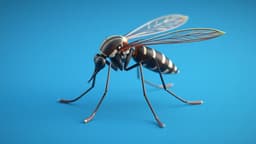Home / Health / Debunking the Myths: Clearing the Air on Delhi's Pollution Crisis
Debunking the Myths: Clearing the Air on Delhi's Pollution Crisis
11 Nov
Summary
- Indoor air often reflects outdoor pollution, requiring risk-reduction measures
- N95/FFP2 respirators offer better protection than cloth or surgical masks
- Air purifiers can substantially lower indoor PM2.5 levels when used correctly
As Delhi-NCR faces its annual air pollution crisis, a web of myths continues to spread on social media and in public discourse. However, public health experts have now stepped in to debunk 10 persistent misconceptions around air quality and its impact on health.
One of the key myths is the belief that staying indoors offers complete protection from outdoor pollution. In reality, PM2.5 particles often infiltrate homes through windows, doors, and ventilation, leaving indoor air quality highly reflective of outdoor conditions. Authorities emphasize the need for additional risk-reduction measures, such as using high-efficiency particulate air (HEPA) cleaners, alongside staying indoors.
Another common myth is the assumption that cloth or surgical masks provide the same level of protection as N95/FFP2 respirators. In fact, well-fitting N95/FFP2 masks substantially reduce personal exposure to fine particulate matter, while the efficacy of other masks varies widely.
Contrary to the belief that air purifiers are ineffective "gimmicks," studies show that HEPA cleaners can markedly lower indoor PM2.5 levels when properly sized and operated. These devices have been found to offer tangible health benefits, such as improved blood pressure, for susceptible groups.
As Delhi-NCR's air quality crisis persists, debunking these myths is crucial to promote accurate public understanding and encourage evidence-based individual actions to mitigate the risks.



